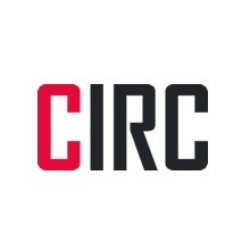Abstract
An analysis of the concept of the geometrical, rational city as it was
imposed via theoretical treatises on Military Architecture and
Fortification written by Spanish authors or translated into Spanish in the
course of the eighteenth century. The works of the first half of the
century inclined towards radiocentric layouts (Sebastián Fernández Medrano,
Tosca, Cassani) of clearly Vitruvian heritage, optimal for their defensive
qualities; they also offered a clear definition of concrete typologies of
military buildings and their appropriate locations in the city. The second
half of the century affirmed the preference for orthogonal layouts in
checkerboard, also of classical heritage, but of greater esthetic value.
Typologies and locations of the principal buildings, not only military but
also public, were specified (Muller, Prosperi, Lucuze, Le Blond). This was
the type of city that imposed itself in Spain and the Americas, the direct
origin of the contemporary rational city.
Downloads
Download data is not yet available.

















